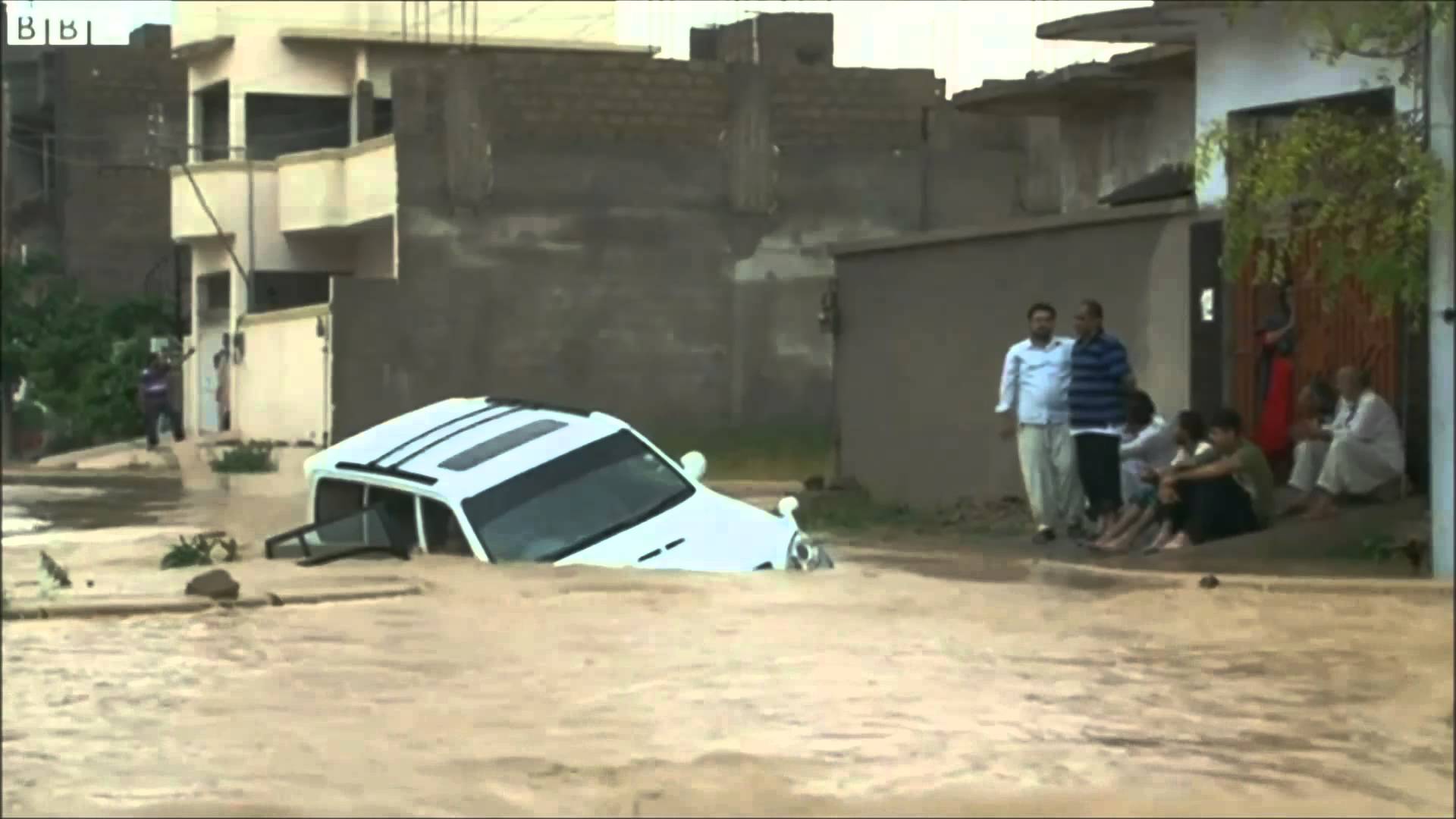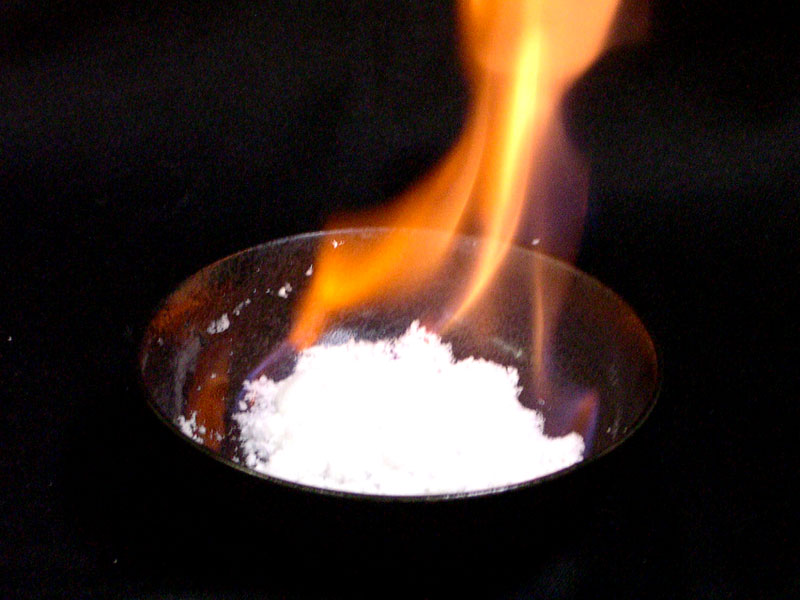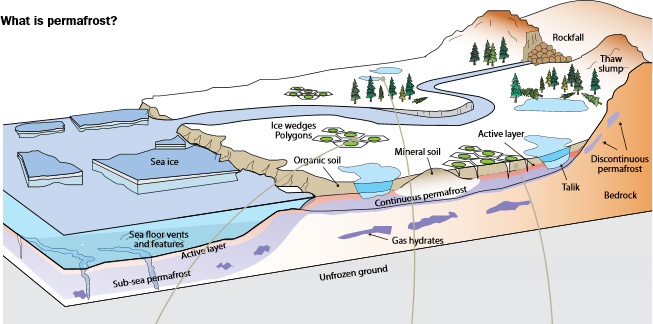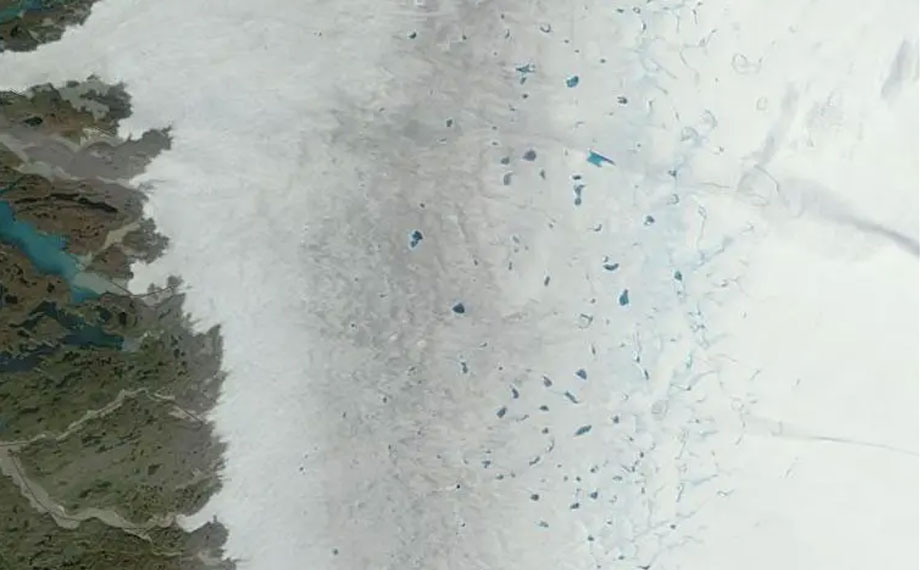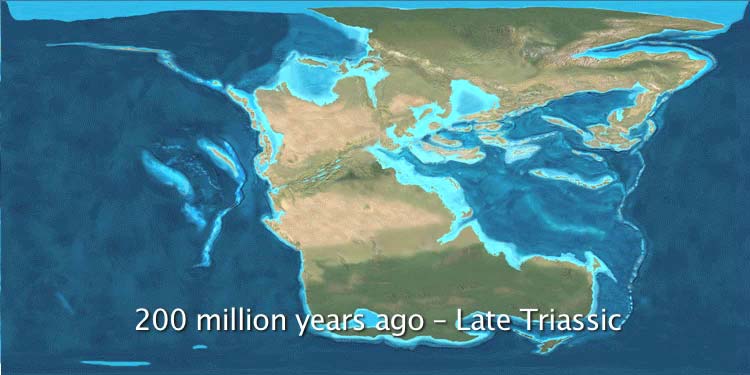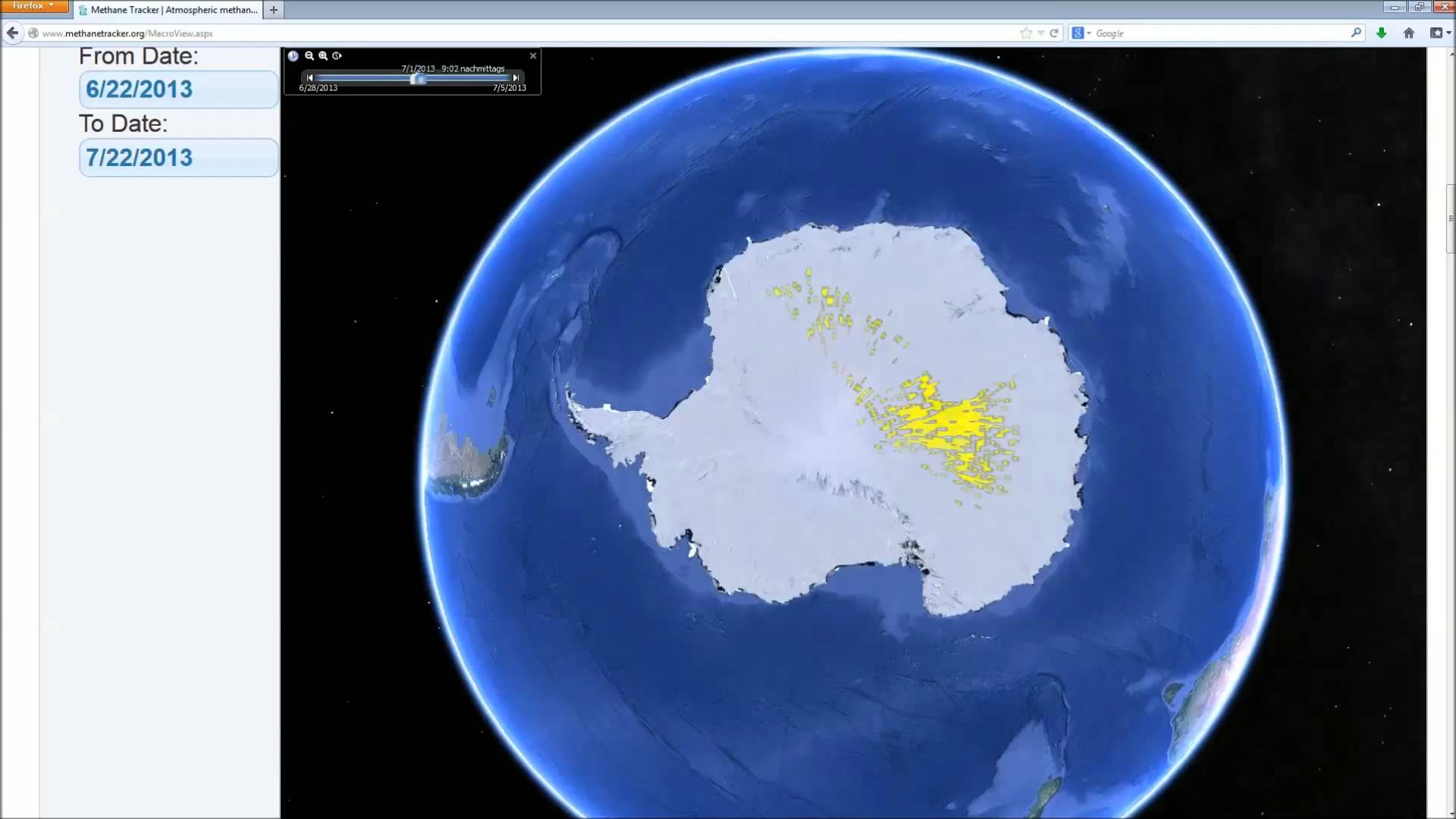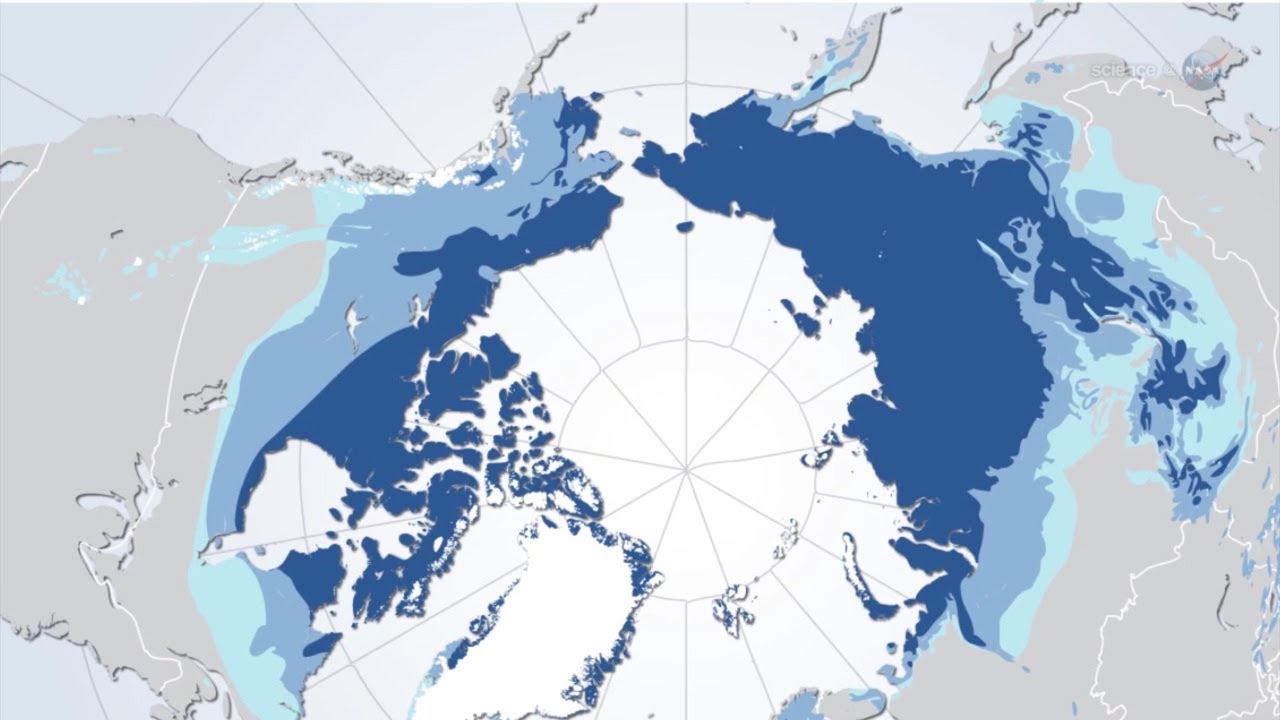Eastern Afghanistan and neighbouring Pakistan have been hit by torrential […]
Deep in the Arctic Circle, in the Messoyakha gas field of western Siberia, lies a mystery. Back in 1970, Russian engineers began pumping natural gas from beneath the permafrost. The field continues to power Norilsk today.
Extensive dark snow, very large melt lakes A strong, late-season […]
Elevated pCO2 leading to Late Triassic extinction, persistent photic zone […]
Arctic permafrost soils contain more accumulated carbon than all the […]
The Independent, December 13, 2011: Dramatic and unprecedented plumes of […]
